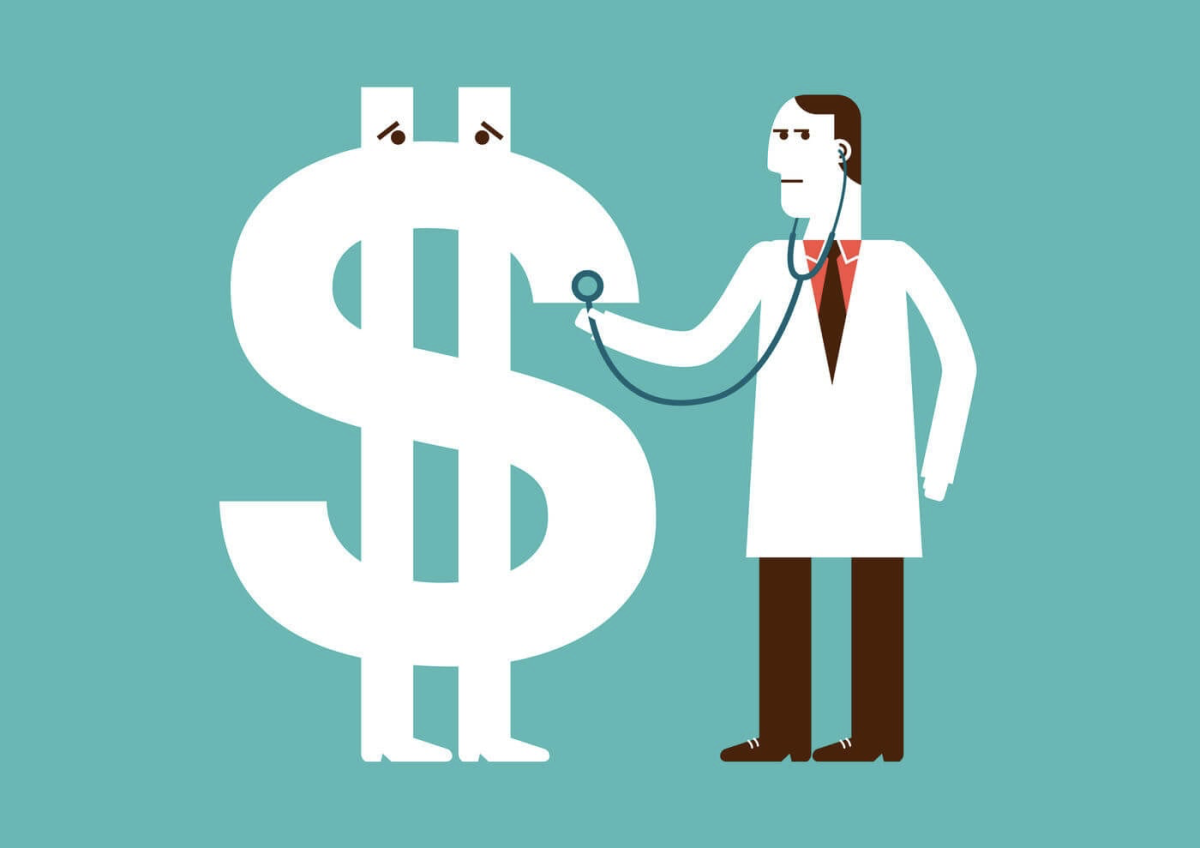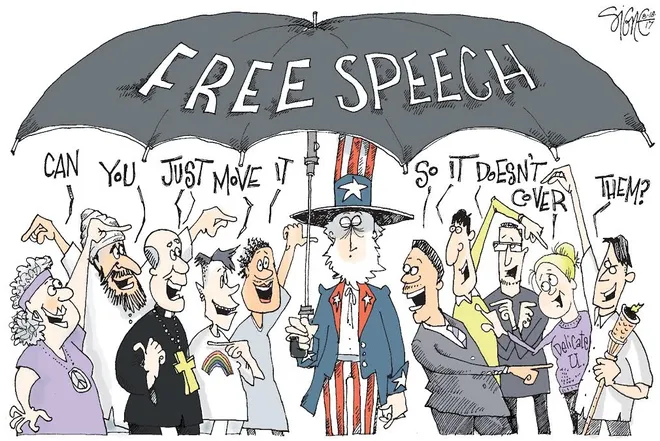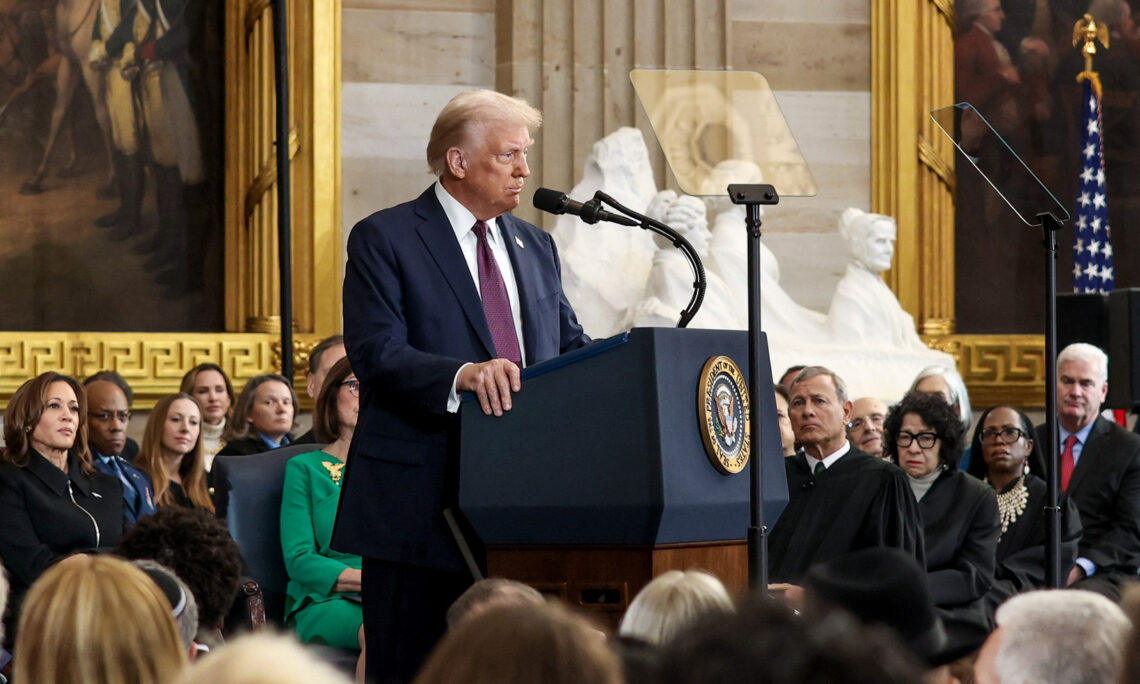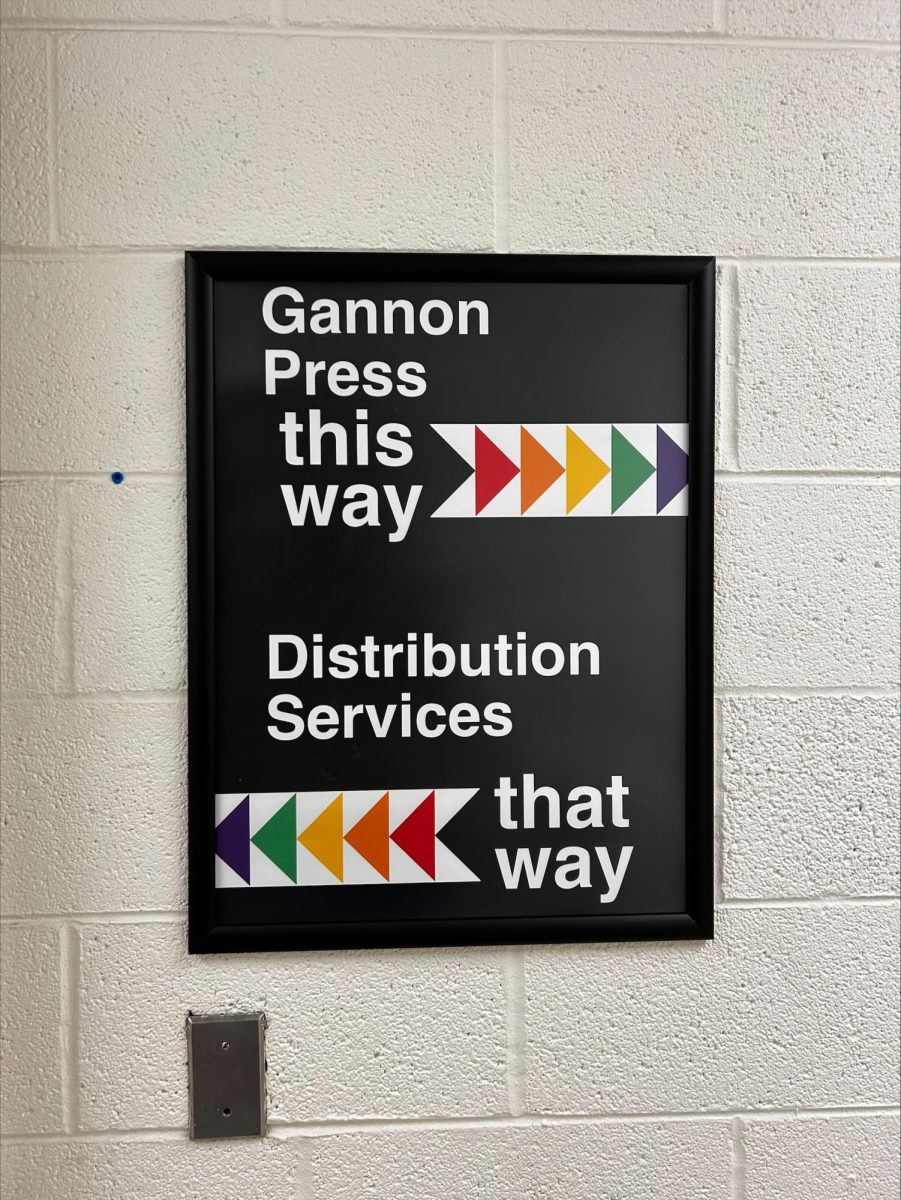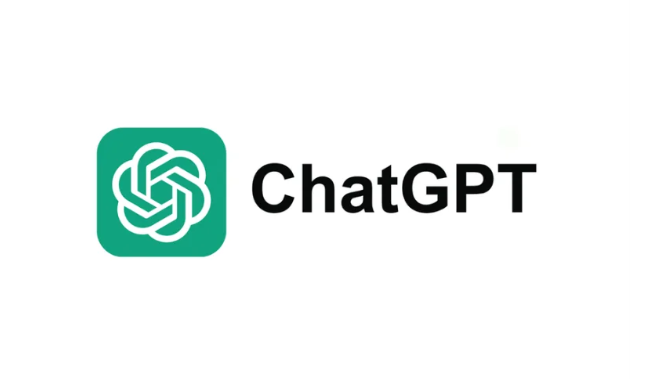April 4, 2025/Midnight
Erie, PA.— The American healthcare system has been notoriously inconsistent with the prices for basic services. The average American is often faced with dilemma of either going to the doctor with the potential of paying outrageously high medical bills or suffering through medical ailments due to lack of health insurance, services not being covered under their policy or simply insufficient financial means to acquire the necessary assistance.
According to a study done by The Commonwealth Fund, Americans are more likely to die younger, and from avoidable ailments, than citizens of peer countries. The principal cause of such young deaths is not only the lack or inaccessibility of adequate health care, but also the inability to afford the services needed.
An additional issue seen within the healthcare arena is the question of insurance coverage and what exactly a person’s policy will cover. Often times, once the treatment has been concluded the patient will receive a bill. The bill will have a final total that is broken down based on the amount that the entire hospital trip costs along with the billed charges, being the amount, you and your insurance provider are meant to dish out to the medical institution.
Regardless of being insured, hospitals will charge outrageous prices for basic care, prices which the patient is expected to pay out-of-pocket, as many services may not being covered under the patient’s policy for a number of reasons. This can occur even when a patient goes to a hospital within their insurers’ network when, for example, the actual providers are out-of-network, or their services are not covered by the patient’s insurance policy. This leaves the patient with a surprise bill at the end of their hospital visit that is exponentially higher than was originally expected.
The government has taken steps to correct these issues and put some barriers in place to stop such unexpected spikes in medical costs. For example, in 2021 the Departments of Health and Human services, Treasury and Labor came together to implement the No Surprises Act (NSA), which went into effect on Jan. 1, 2022.
According to the American Medical Association (AMA), the NSA was put into place forbidding surprise medical bills for patients receiving care from an out-of-network provider at an in-network facility. Additionally, the act makes sure that the patient is only liable for the amount that they would normally pay, as laid out within the insurance policy, while any other payments and potential reimbursements can be directly disputed and resolved independently by the insurance company.
Last month, the Trump administration also acted by addressing the issue of the mystery medical service pricing system. In an order titled, “Making America Healthy Again by Empowering Patients with Clear, Accurate, and Actionable Healthcare Pricing Information,” Trump states that his administration will aim to “make more meaningful price information available to patients to support a more competitive, innovative, affordable, and higher quality healthcare system.”
I believe that such policies should be in place to protect American citizens from such immense mental anguish and major hits to their back account. We should have a solid idea or estimate of how much will be paying for services before even entering a medical institution. There are too many instances of hidden fees and surprise additions on to medical bills that leave many Americans financially devastated and even stopping some from seeking much needed and even life-saving medical attention.
Overall, healthcare in the US is not just a financial burden. Dealing with health insurance companies and medical bills can cause psychological and physical distress on the patients and their loved ones. It should not be a hassle to acquire adequate healthcare, nor should our pocketbooks have to take such a hit. We should be able to focus on our health and improving it, not whether or not we can afford it.


